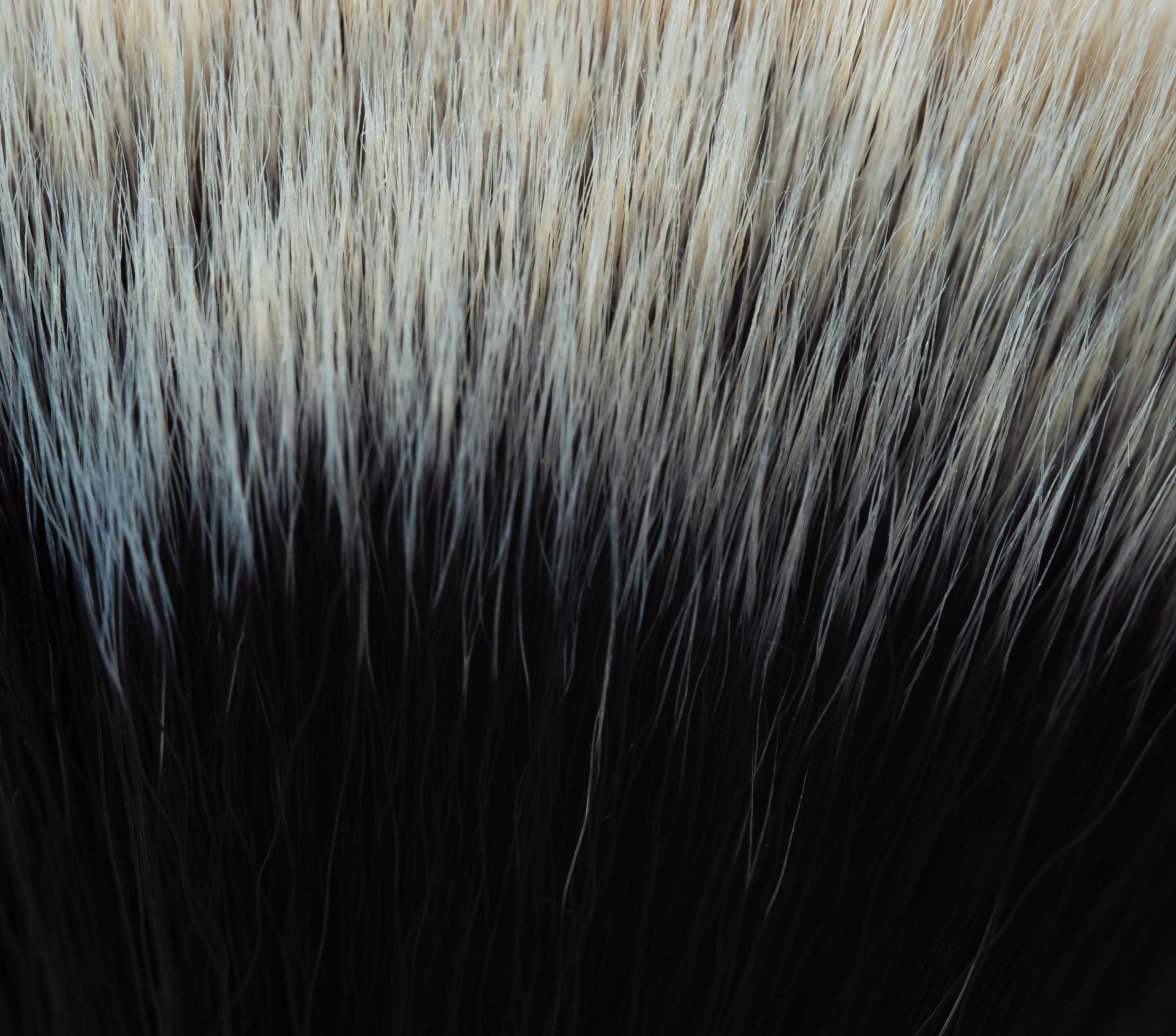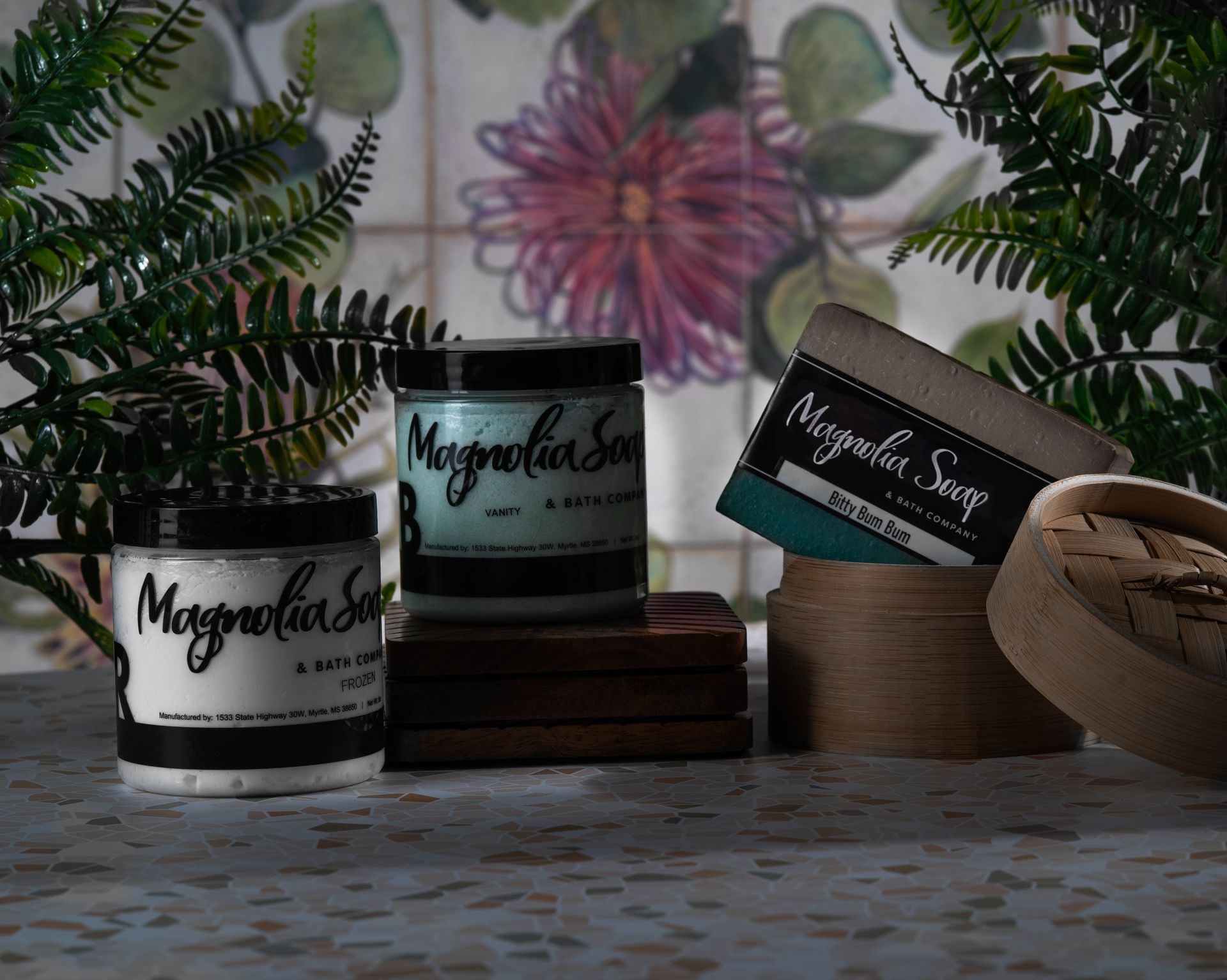Blog Layout
Hello There! Welcome to my Blog!
Author: Katy Hamill
Focus Stacking is a Must! Why? Read Below!

Focus stacking is a technique used in photography to increase the depth of field (DOF) in an image by combining multiple shots taken at different focus distances. This method is particularly useful in macro photography, landscape photography, and any scenario where achieving sharpness across the entire subject or scene is challenging with a single exposure.
How Focus Stacking Works:
- Capture Multiple Images:
- The photographer takes several images of the same scene or subject, each with a different focus point. For example, in a close-up of a flower, one shot might focus on the petals at the front, another on the middle section, and another on the petals at the back.
- Software Processing:
- The series of images is then imported into focus stacking software (such as Adobe Photoshop, Helicon Focus, or Zerene Stacker). The software aligns the images (if necessary) and blends them together, taking the sharpest part of each image and combining them into a single image with extended depth of field.
- Final Image:
- The resulting image has a much greater depth of field than any of the individual shots, with sharpness extending across the entire subject or scene.
When to Use Focus Stacking:
- Macro Photography: When photographing small subjects like insects, flowers, or other intricate details, the depth of field is naturally shallow, even at small apertures. Focus stacking allows you to capture the fine details across the entire subject.
- Landscape Photography: To achieve sharpness from the foreground to the background, especially in scenes where you want everything from the closest rock to the distant mountains to be in focus.
- Product Photography: Ensures that the entire product, from front to back, is sharply focused, which is crucial for commercial photography.
Considerations:
- Stability: A tripod is essential for focus stacking to ensure that the camera remains in the same position for each shot.
- Subject Movement: This technique works best with static subjects since any movement between shots can cause misalignment and blending issues.
- Post-Processing Time: Focus stacking requires more post-processing time compared to single-exposure photography.
Conclusion:
Focus stacking is a powerful technique for photographers looking to achieve a level of detail and sharpness that isn't possible with a single shot. It's especially valuable in macro and landscape photography, where depth of field can be a limiting factor.



